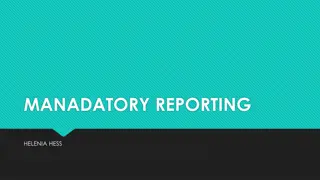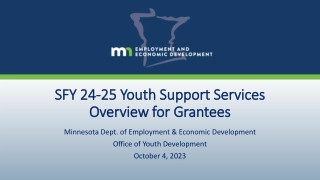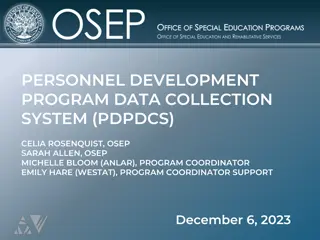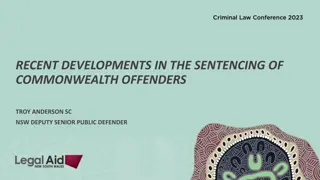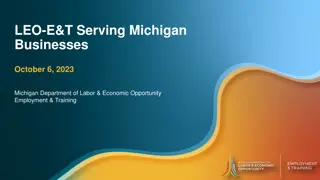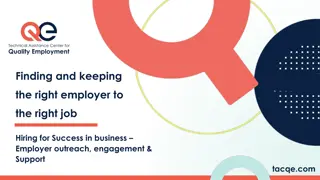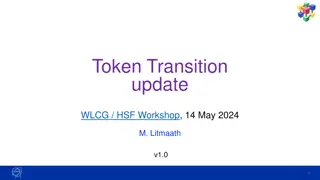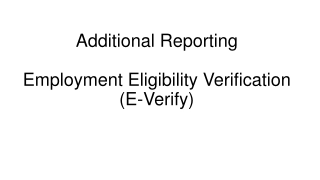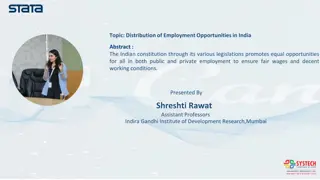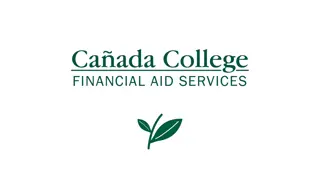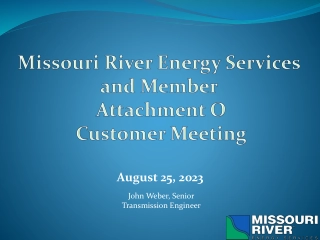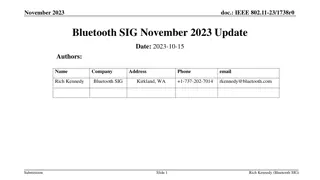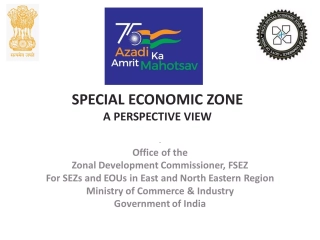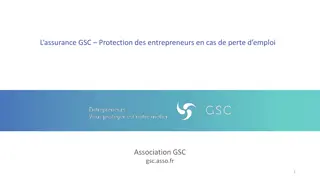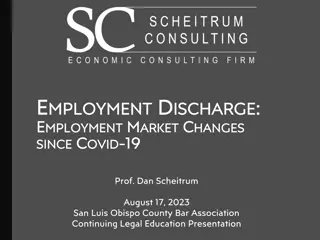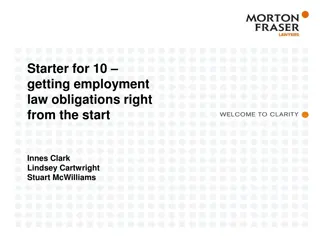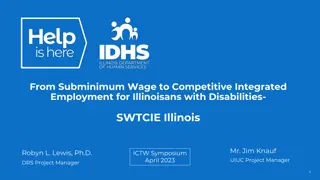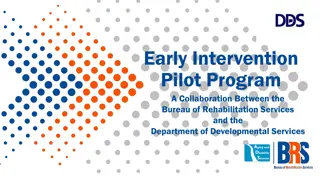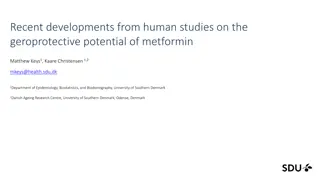Gainful Employment Update: Recent Developments in Program Reporting and Length Changes
Summer Kenesson, Director of Policy Research, SBCTC, provides insight into the progress on reporting financial value transparency and program partnership updates. The report also covers changes in program length requirements for Title IV programs, affected programs, exemptions, challenges, and compliance timelines. Key details on data collection, validation processes, and future considerations are discussed.
Download Presentation
Please find below an Image/Link to download the presentation.
The content on the website is provided AS IS for your information and personal use only. It may not be sold, licensed, or shared on other websites without obtaining consent from the author. Download presentation by click this link. If you encounter any issues during the download, it is possible that the publisher has removed the file from their server.
Presentation Transcript
GAINFUL EMPLOYMENT - UPDATE Summer Kenesson, Director of Policy Research, SBCTC April 17, 2024
PROGRESS ON REPORTING Delay until October 1 Financial Value Transparency (all programs) and GE/Title IV programs Partnership with National Student Clearing House on data collection and validation Listserv updates and timeline of work starting next Friday 2
REPORTING Some things we know: Most of the data we can get to centrally Some data will come from DoE through NSLDS for validation, but we and IR offices can handle that work We will identify data points we don t have in the next couple of weeks, and work with IR staff and other agencies to collect that We are still waiting for some final specifications and definitions, but we are building our process and tools with flexibility (and replication in future years) in mind. 3
PROGRAM LENGTH CHANGES Historically, Title IV programs that had state certification or licensure requirements describing credits or hours could be up to 150% of the state requirements. July 1, 2024, that is reduced to 100% 4
PROGRAM LENGTH CHANGES Which programs affected? Any Title IV eligible program that has a state licensure requirement in hours or credits. Programs are exempted if there are no state licensure requirements that are defined in length, or if the requirement clearly states a degree or certificate instead. Programs are exempted if they are 100% online Degrees and certificates are not automatically exempted (so creating a credential does not alleviate the requirement) Programs that enroll students from other states may be affected by that state s licensure requirements too. 5
PROGRAM LENGTH CHANGES -CHALLENGES The timeline the ruling affects enrollments in programs on or after July 1 Could be a mix of enrollments for fall start programs that enroll before July 1 Incredibly difficult to effect program changes for Title IV programs in the time period (not just institution, state and accreditation approvals, but also Title IV approvals) DoE has agreed a light touch on compliance until January 1, 2025, with defense and documentation 6
PROGRAM LENGTH CHANGES - CHALLENGES Programs with very short licensure requirements Programs could potentially be pushed below the 600-hour Title IV/Pell eligibility threshold One more piece of uncertainty for students in FAFSA situation Programs may find specific issues with prerequisites, general education requirements (e.g. where credentials aren t listed in licensure), connection to work placement expectations. We will know more once we identify the programs 7
PROGRAM LENGTH CHANGES - CHALLENGES Credit to hour/hours to credit ratios Colleges will need to provide defense of credit to hour calculations or Federal Financial Aid rations will apply we will help with that. (600 hours/24 quarter credit hours) Non-embedded certificates affected Competency-based programs affected Not all hours count Programs that need to shorten may force some students into part-time status, reducing financial aid. 8
PROGRAM LENGTH CHANGES - CHALLENGES Program costs Programs that need to shorten may not be able to reduce program costs May still need same number of quarters, resources, staff, at least in short term But tuition revenue will drop Financial Aid 9
PROGRAM LENGTH CHANGES -STEPS SBCTC is working to identify the programs that will be affected, and what that impact will be Matching state licensure with hours/credits/credentials with programs Checking with colleges: Any missed programs/licensure That we are matching correct licensure with correct program and level Communicating with colleges leadership on significance of the rule, progress in implementation, and resources needed for affected programs 10
PROGRAM LENGTH CHANGES -STEPS We will also provide guidance and materials for communicating with other affected roles: Financial Aid offices Registrars/credentials evaluators Advisors Advisory Committees And of course, students Validating affected programs with DoE Working with AACC on appeals to Department of Education 11
PROGRAM LENGTH CHANGES -STEPS Work in discussion for affected programs Fast-track program change procedures Alternative student aid information for programs pushed out of Title IV eligibility Communication with industry sectors with affected programs 12
LINKS Summer Kenesson, Director of Policy Research, SBCTC skenesson@sbctc.edu GE program certification process rule Update on timeline and light touch State Business and Professional Licenses 13






